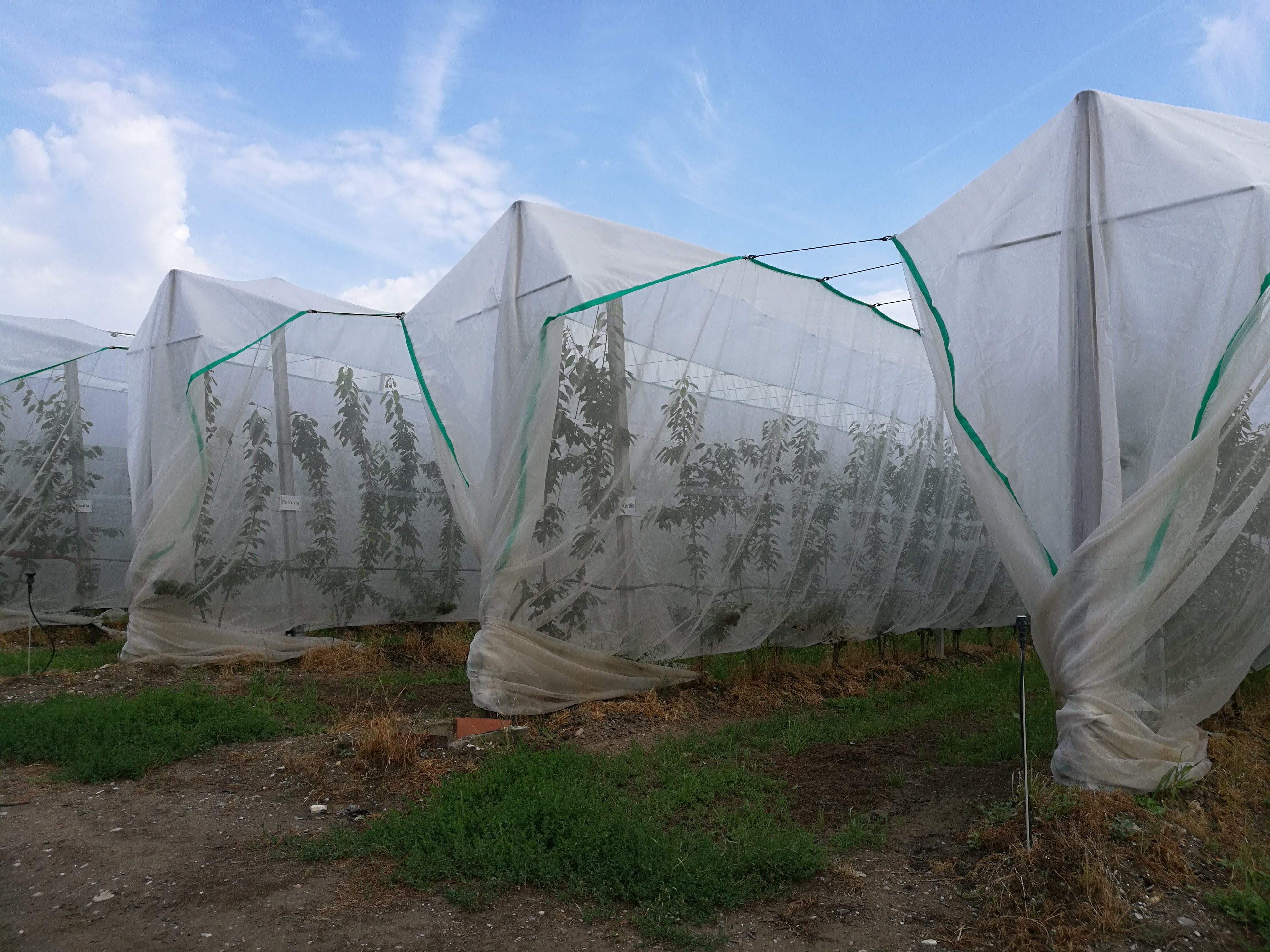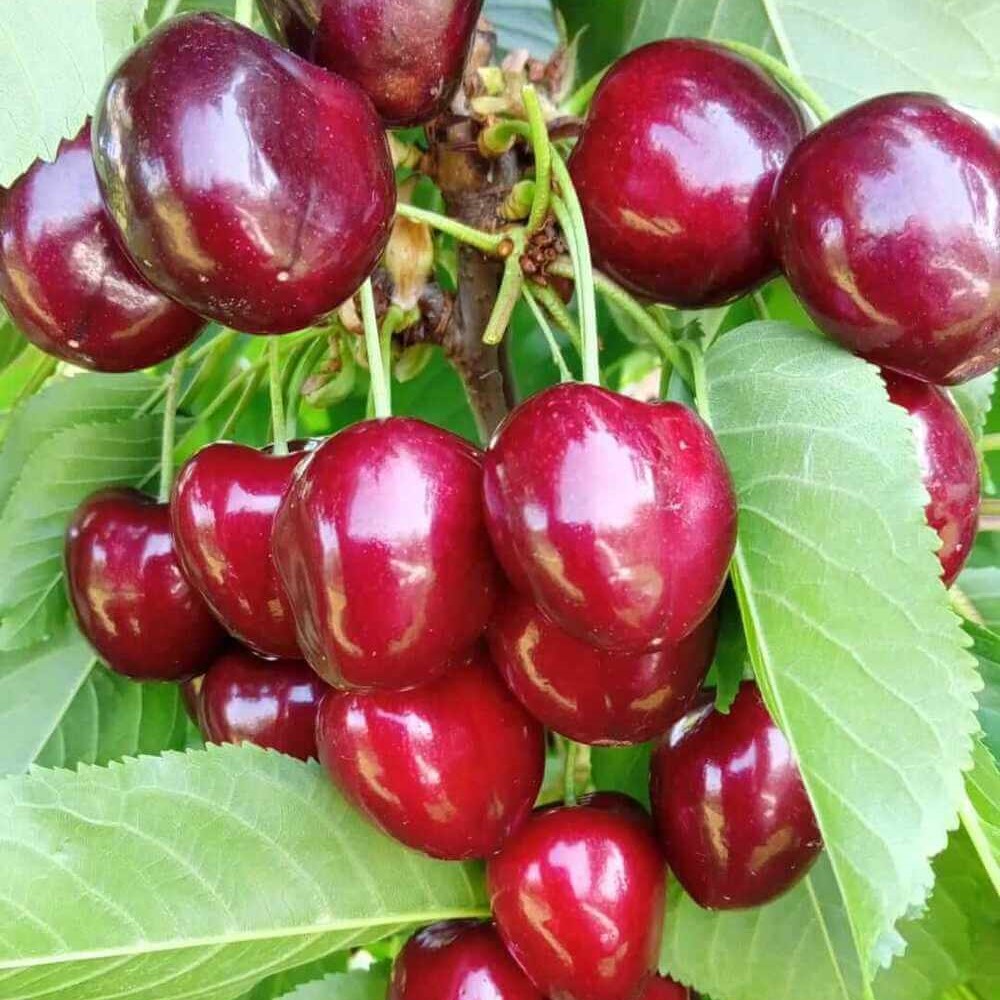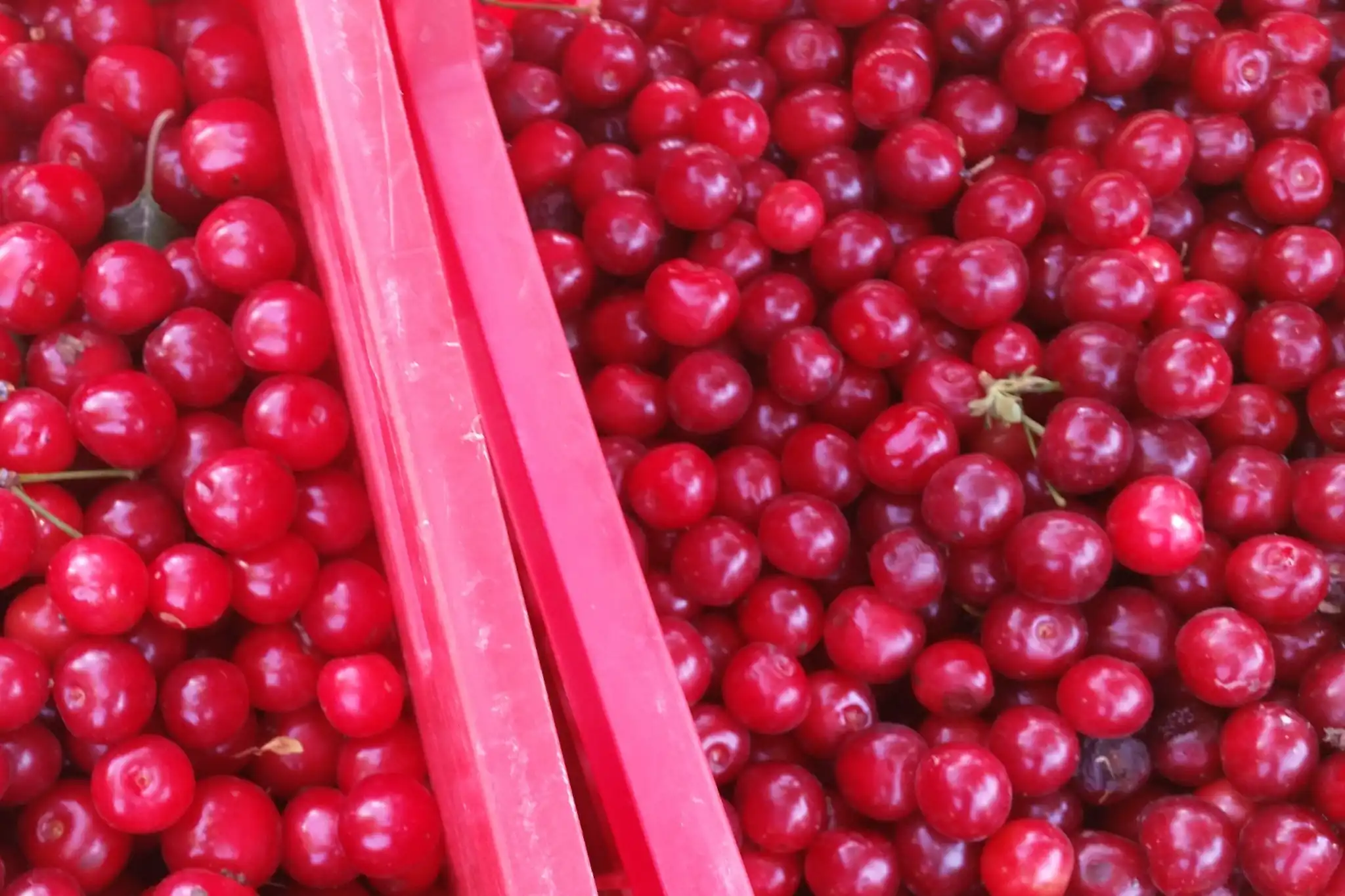The afternoon of July 9th, the traditional technical presentation of cherry trees was held at the CTIFL headquarters in La Tapy. An annual event highly anticipated by cherry tree professionals, not only to learn about the progress made with this species but also to exchange ideas with their counterparts.
This year, the event was also well attended, and experts in the field were pleased to share the results of their trials. The afternoon was divided into two parts: indoor lectures followed by a field visit.
New products for defense against Drosophila suzukii
The goal of CTIFL is to support the profession in the face of fluctuations in economic, climatic, and pest conditions. The experts therefore presented the results of tests on products and strategies.
Three trials on Larvasoil did not demonstrate the effectiveness of this specialty, as well as the Neemazal from the SudExpe station or the 23-ADS-001, a product formulated with essential oils and the CTI 24 1, a new product. Neemazal gave contrasting results depending on the trials. Several different control strategies were also tested.
The parasitoid Ganaspis kimorum
The Drosophila suzukii is very present in orchards. Adrien Le Navenant from INRAE presented the progress of research on the release of Ganaspis Kimorum (parasitoid micro wasps). Ganaspis Kimorum will be released in 38 test sites in Vaucluse. The first laboratory results show that this parasite effectively and specifically attacks Drosophila suzukii in ripening fruits, thus limiting undesirable effects.
Researchers are continuing releases at other test sites and will monitor the introduction of the parasitoid for several years to evaluate the effectiveness of this strategy.

Protection with nets
Finally, to conclude the classroom sessions, two engineers from Michelin presented a prototype for the mechanization of nets for the protection of orchards against pests and climatic adversities (deployment and folding). After the lectures, participants were invited to visit a plot where tests were conducted with different types of insect nets.
All descriptions and results of these tests are available in the presentations by Sefra, SudExpé, and CTIFL (Read the presentations)
Source: CTIFL
Image: SL Fruit Service
Cherry Times - All rights reserved











